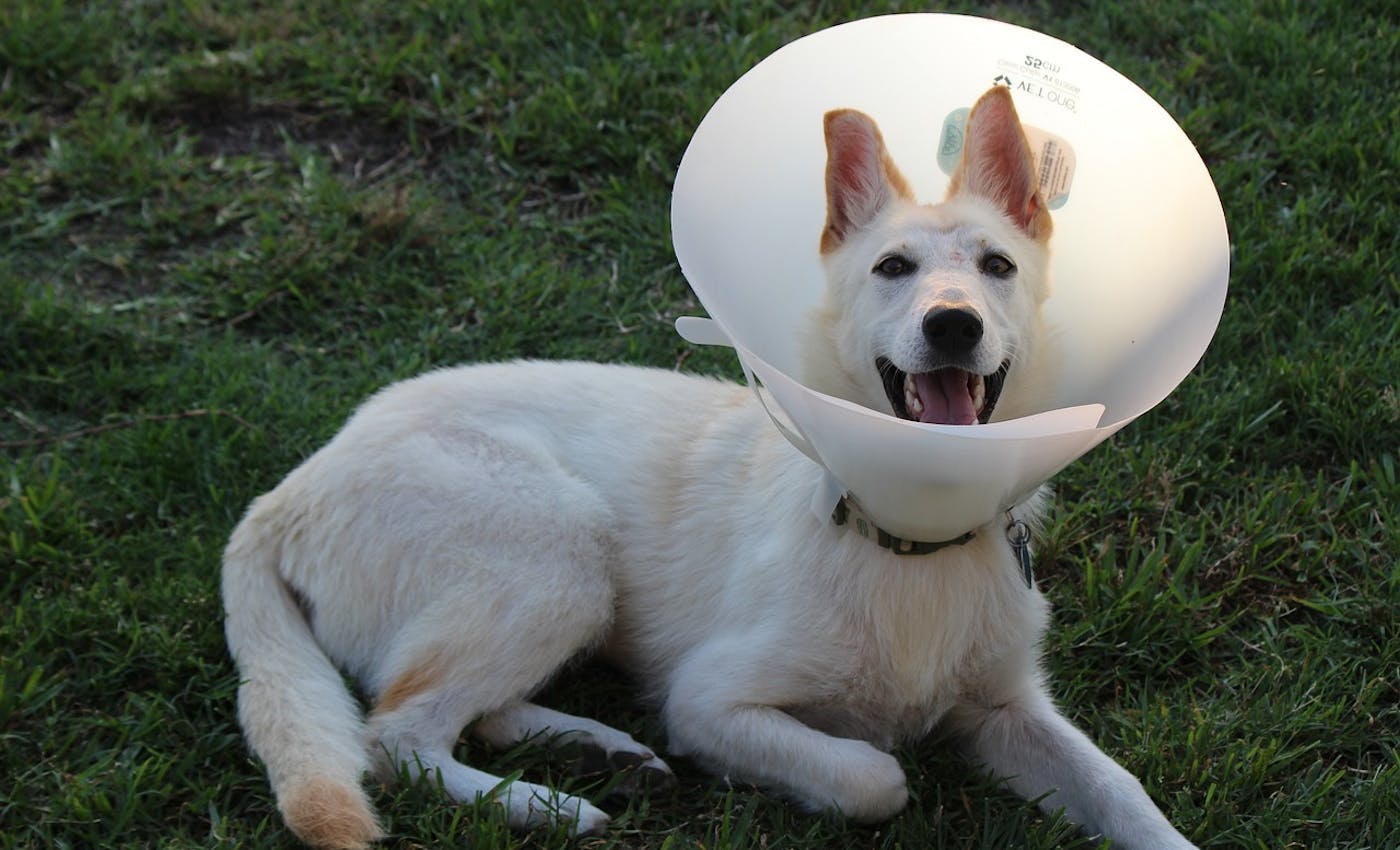How To Make Your Dog More Comfortable If They Have To Wear A Cone
When your furry friend has to wear a cone, often referred to as an "Elizabethan collar" or more comically, "the cone of shame," it can be a challenging time for both of you. Dogs might find cones uncomfortable and disorienting, but they play a vital role in the healing process by preventing your pet from licking or biting wounds, stitches, or other irritated areas.
While it's important to always follow your vet's advice for your dog's health and recovery, there are also ways to make this experience more comfortable for them. In this guide, we'll explore practical tips and alternatives to traditional cones, to help make sure your pup's path to recovery is as smooth and stress-free as possible.
Understanding the Purpose of the Cone
First and foremost, dog owners must understand why their dog needs to wear a cone in the first place. Cones are mainly used to protect your dog from aggravating a healing wound or surgical site. Whether it's after a routine spay/neuter procedure or recovering from an injury, the cone acts as a barrier that prevents your dog from licking, chewing, or scratching areas that need to heal. It's a protective measure that may seem uncomfortable for your pet, but it plays a significant role in their speedy and complication-free recovery.
Ensuring a Proper Fit
To make the cone as comfortable as possible, it needs to fit your dog well. A cone that's too tight can cause discomfort or even injury, while one that's too loose might not serve its purpose or cause unnecessary rubbing. When fitting the cone, it should extend beyond your dog's nose by a couple of inches. This will prevent them from reaching their healing site.
You should be able to fit two fingers comfortably between the cone and your dog's neck, so that it's snug but not too tight. Regularly check the area around your dog's neck for any signs of irritation or rubbing, which might mean it’s too tight, and adjust the fit as necessary.
Creating a Comfortable Environment
With a cone on, your dog might find it harder to navigate their usual spaces. To help them adjust, clear any obstacles that might get in the way of their movement or cause them to get stuck. Their sleeping area needs to be spacious and cone-friendly. As the cone should extend beyond their nose, you’ll probably need to elevate their food and water bowls to make eating and drinking easier. Being mindful of these small adjustments can enhance your dog's comfort and reduce their frustration while they have to wear their cone.
When to Take The Cone Off Your Dog After Neutering
A common question among pet owners is when to take the cone off, especially after neutering. This timing is key for your dog's recovery and varies depending on the healing process. Generally, cones should be worn until the site is fully healed and the stitches are removed or dissolved. This is typically around 10-14 days. However, timings can vary, so it's important to follow your vet's specific advice regarding your dog's unique situation. Never remove the cone without your vet's approval, as removing it too soon can lead to wound reopening or infection, which will further delay the healing process.
Exploring Alternatives to Cones
While traditional cones are effective, they might not be the best fit for every dog. Fortunately, there are alternatives like soft cones, inflatable collars, and recovery suits that might offer more comfort for your dog while still preventing them from reaching their healing site. You can discuss these options with your vet to find the best solution for your pet's needs.
Whatever solution you decide on, remember that your vet's advice should always come first. They understand your dog's health needs and can provide expert guidance tailored to their situation. Following their recommendations, including when to use alternatives and how to adjust your dog’s care routines, will prioritize your dog's safety and well-being during the recovery process.
Final Thoughts
While seeing your dog in a cone might be distressing, remember it's just a temporary measure for the benefit of their long-term health. By making sure it fits properly, creating a comfortable environment, understanding the recovery timeline, exploring alternatives, and following your vet's advice, you can make this uncomfortable time more bearable for your dog. Your patience, care, and attention during this period can go a long way in supporting their recovery as they return to their happy, healthy self.
